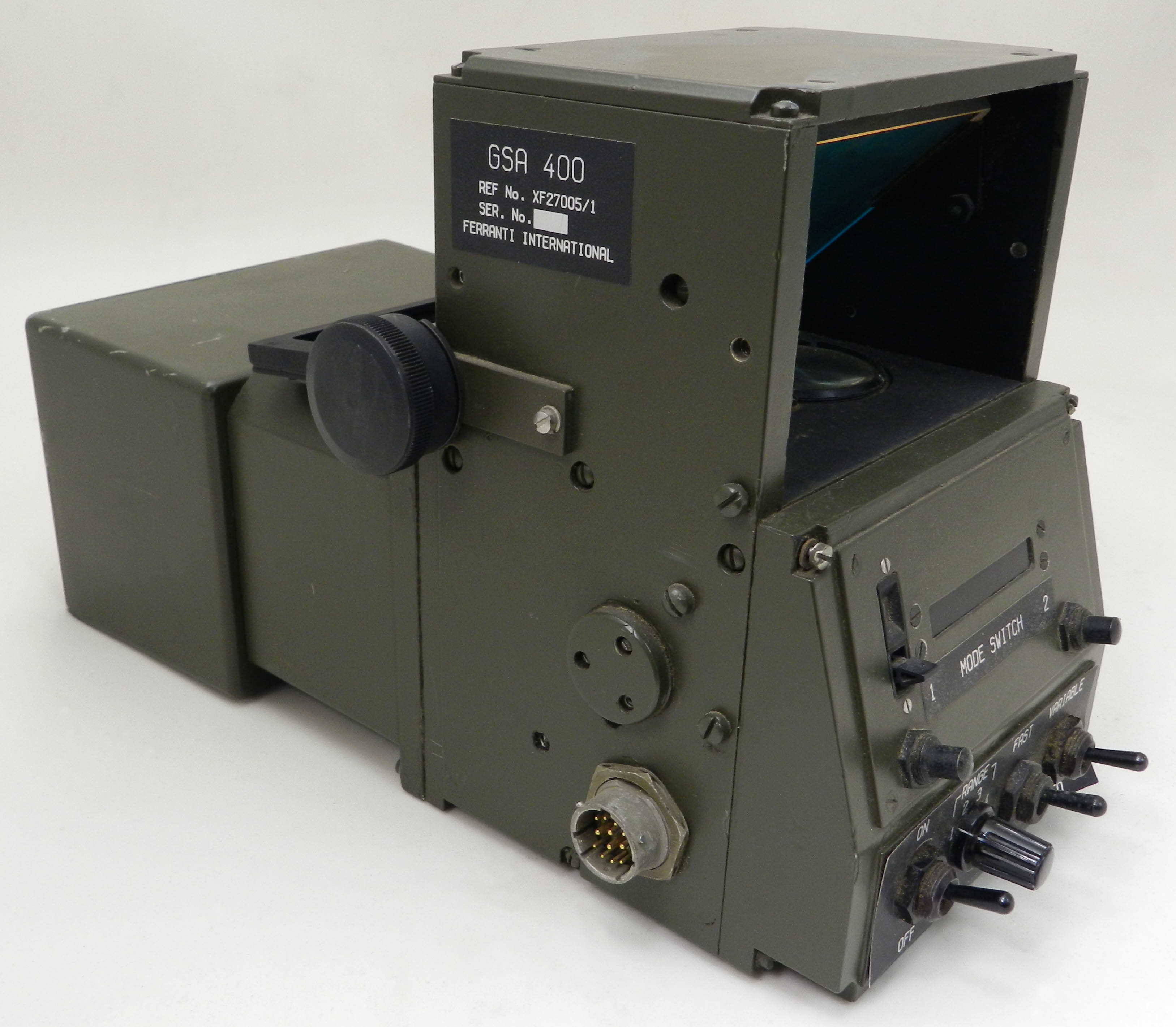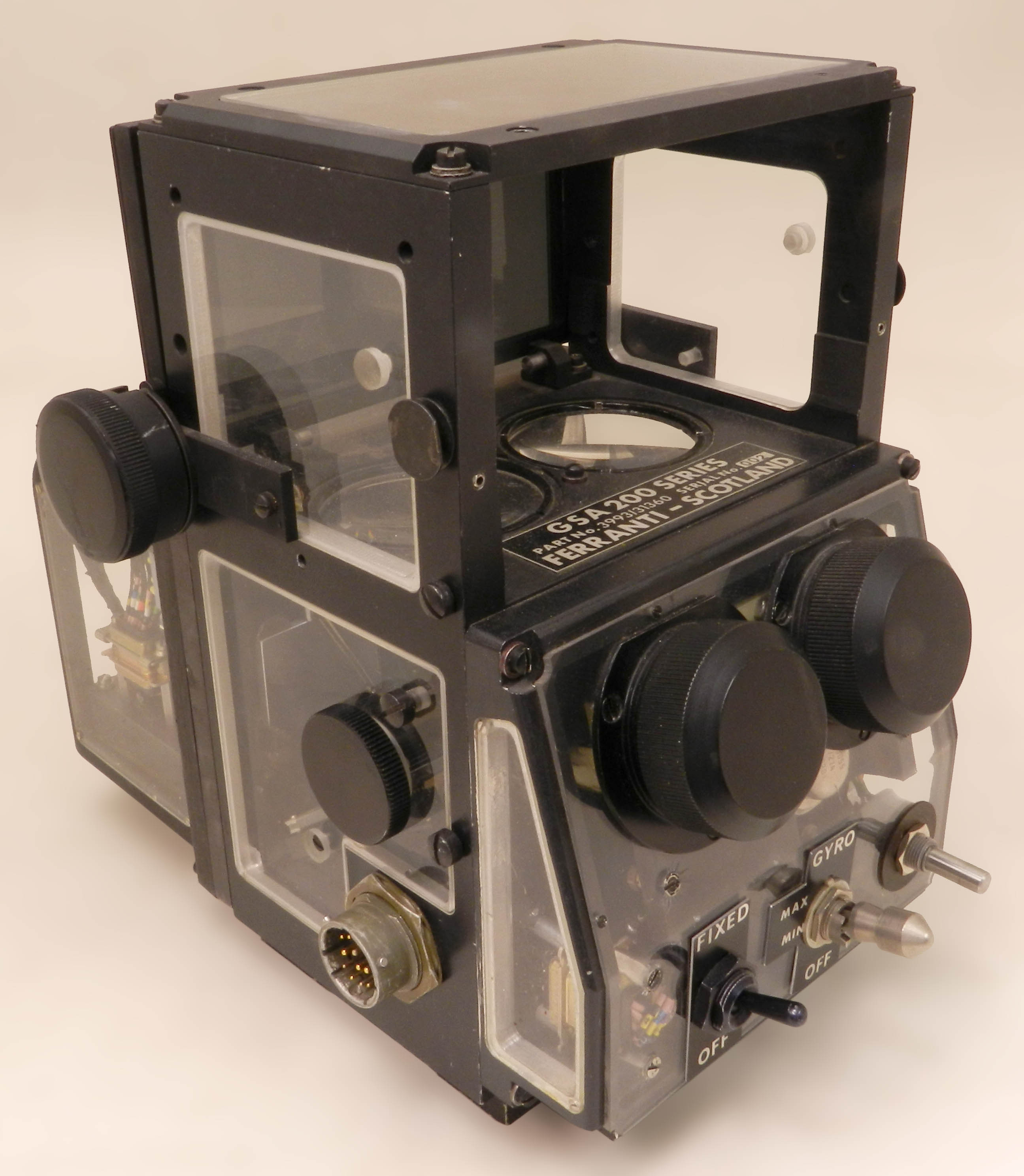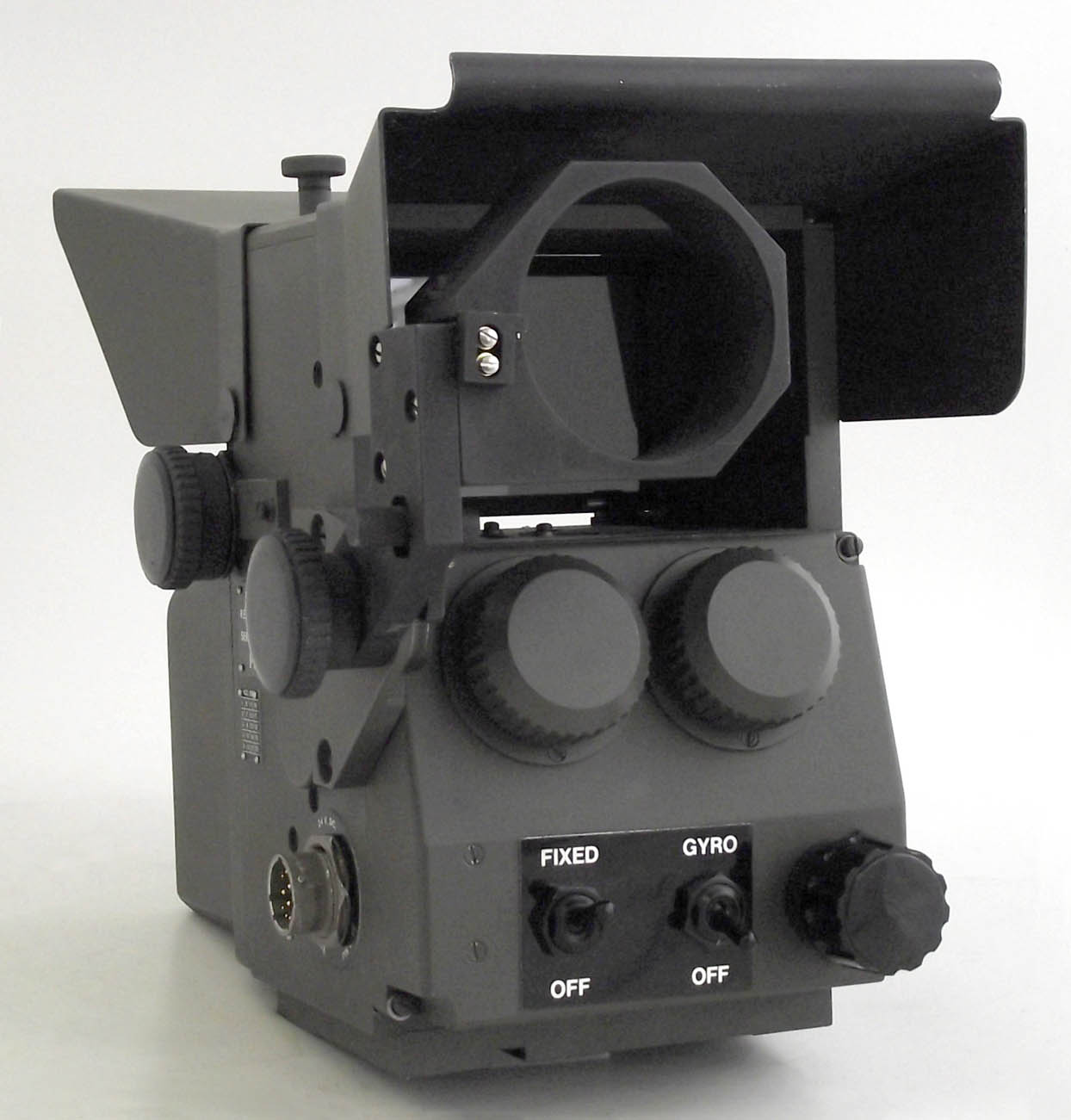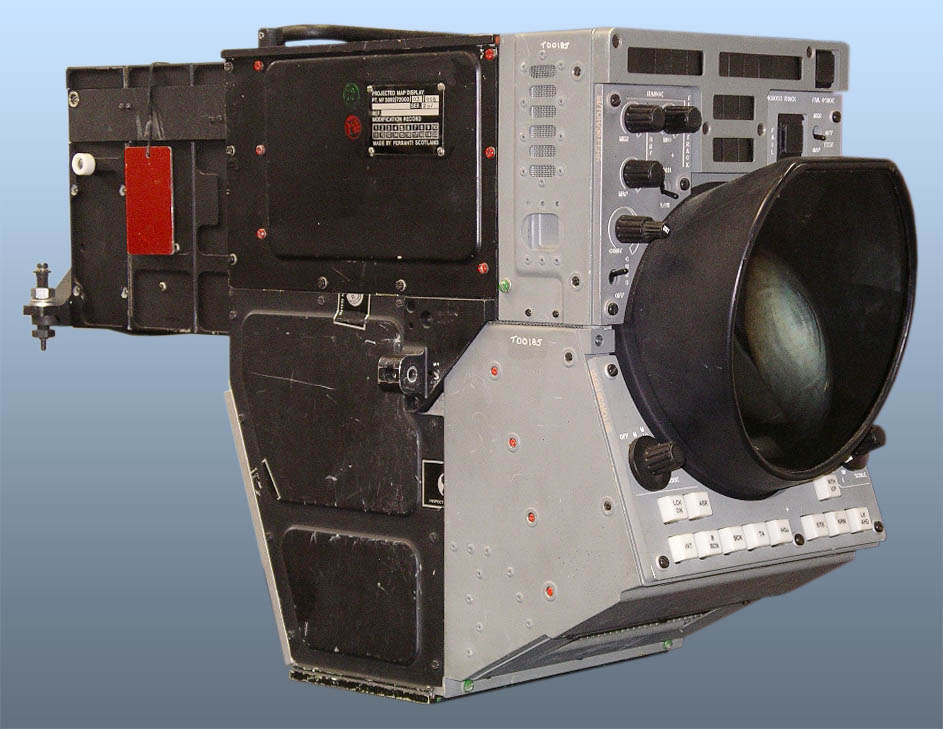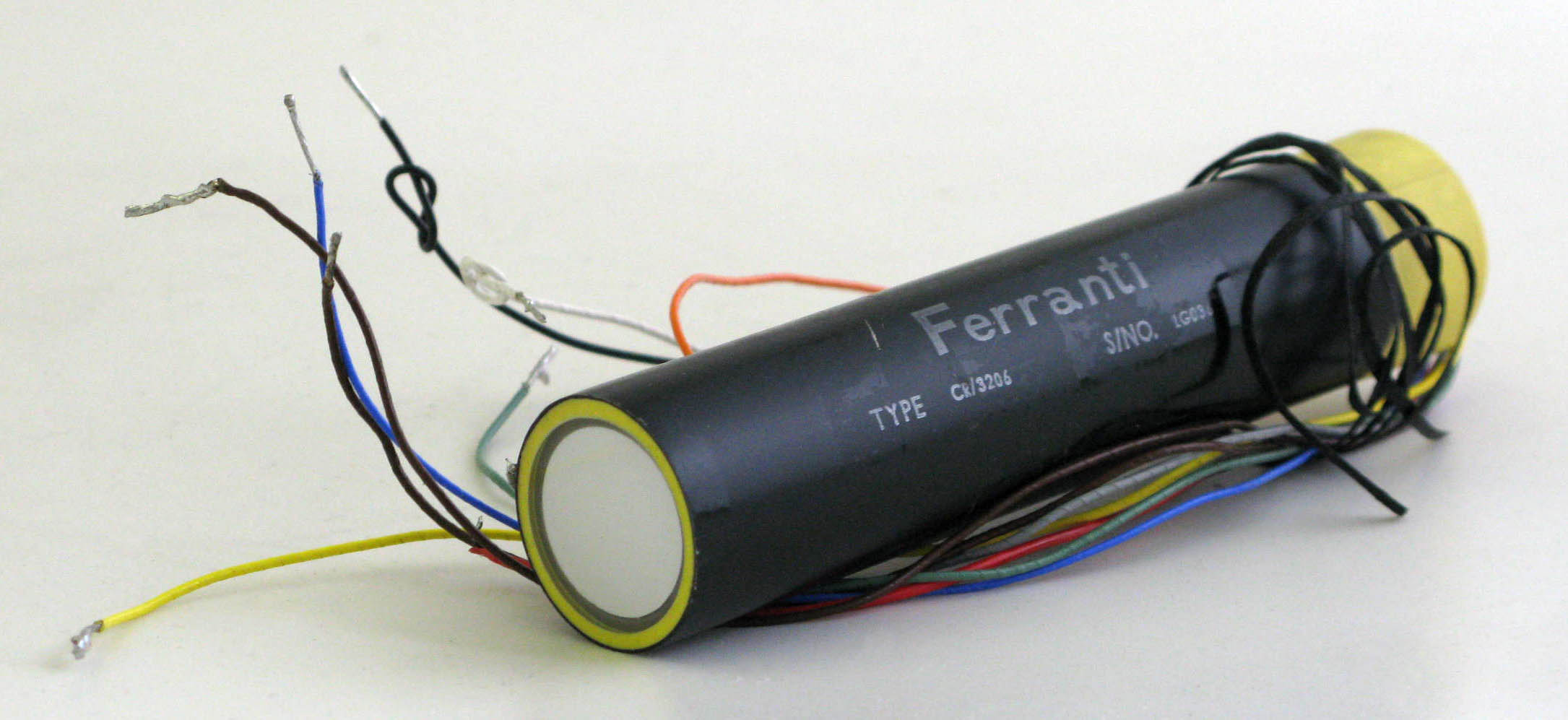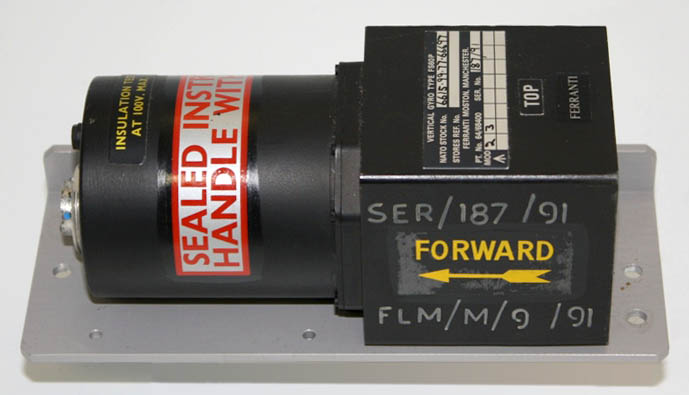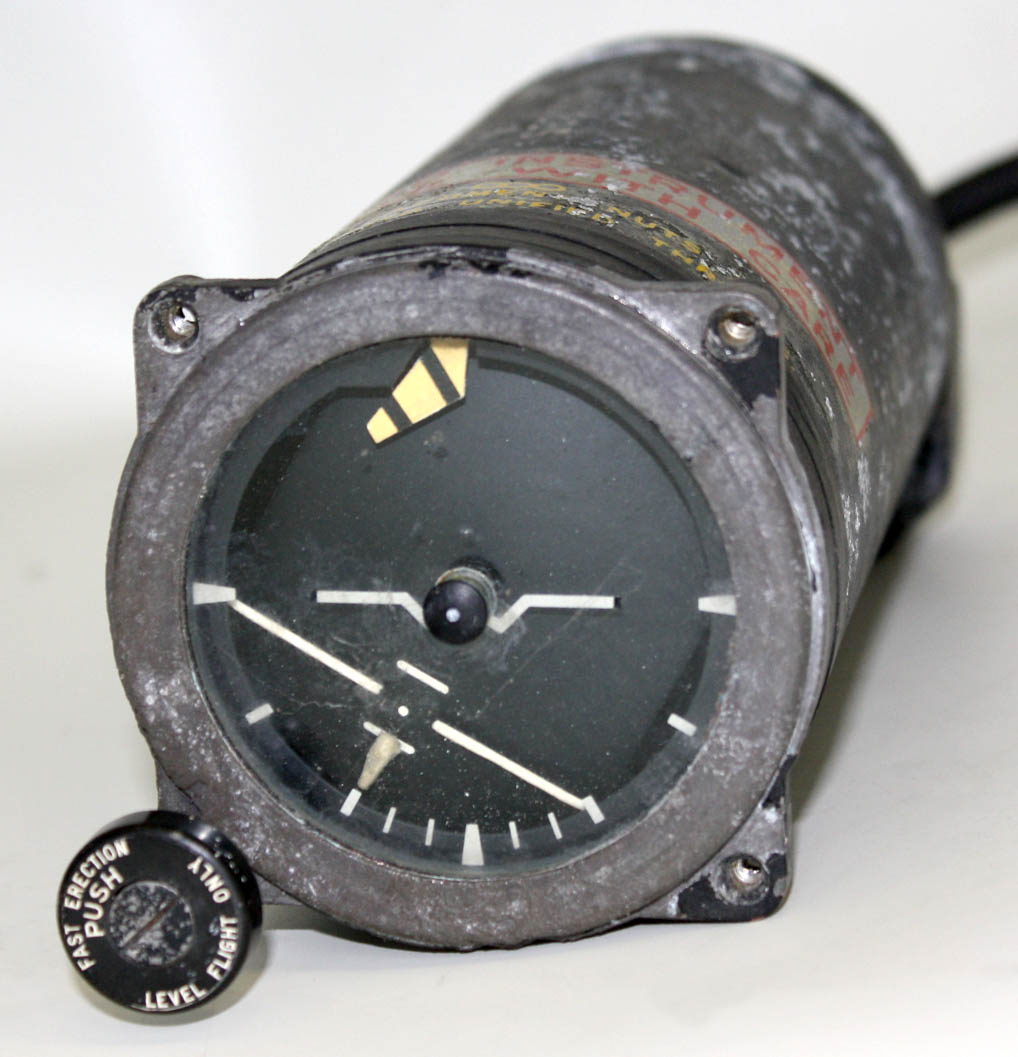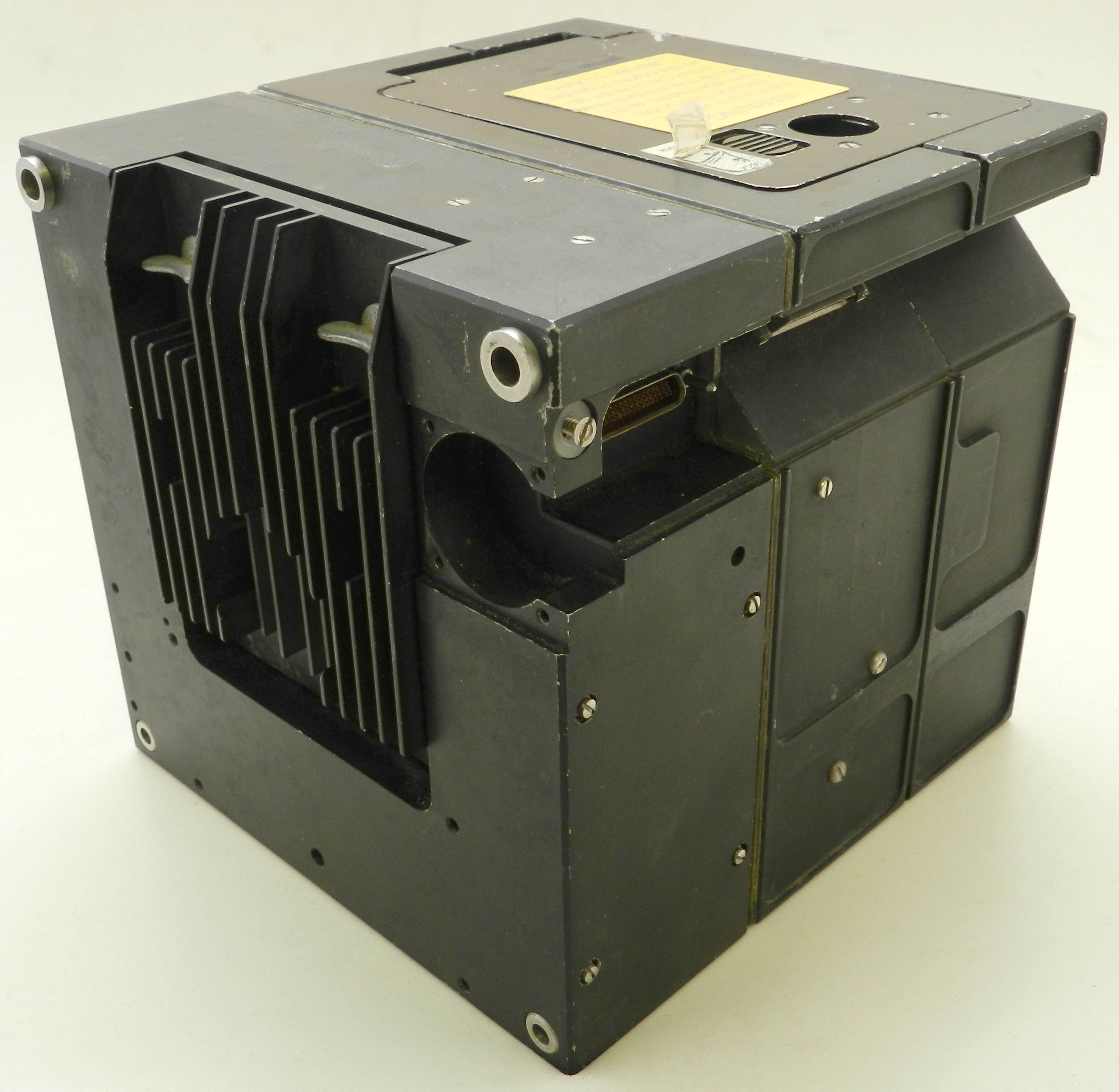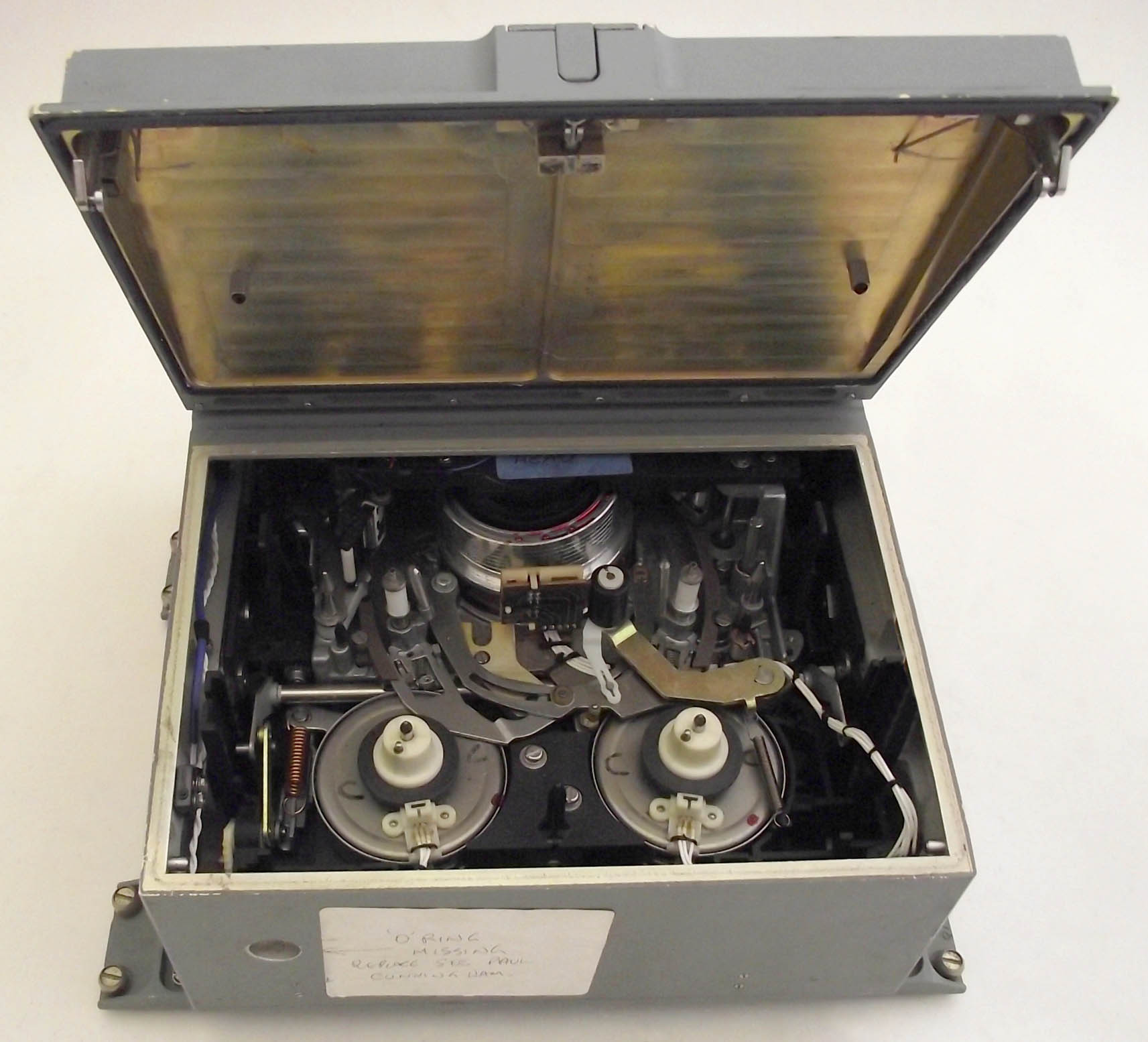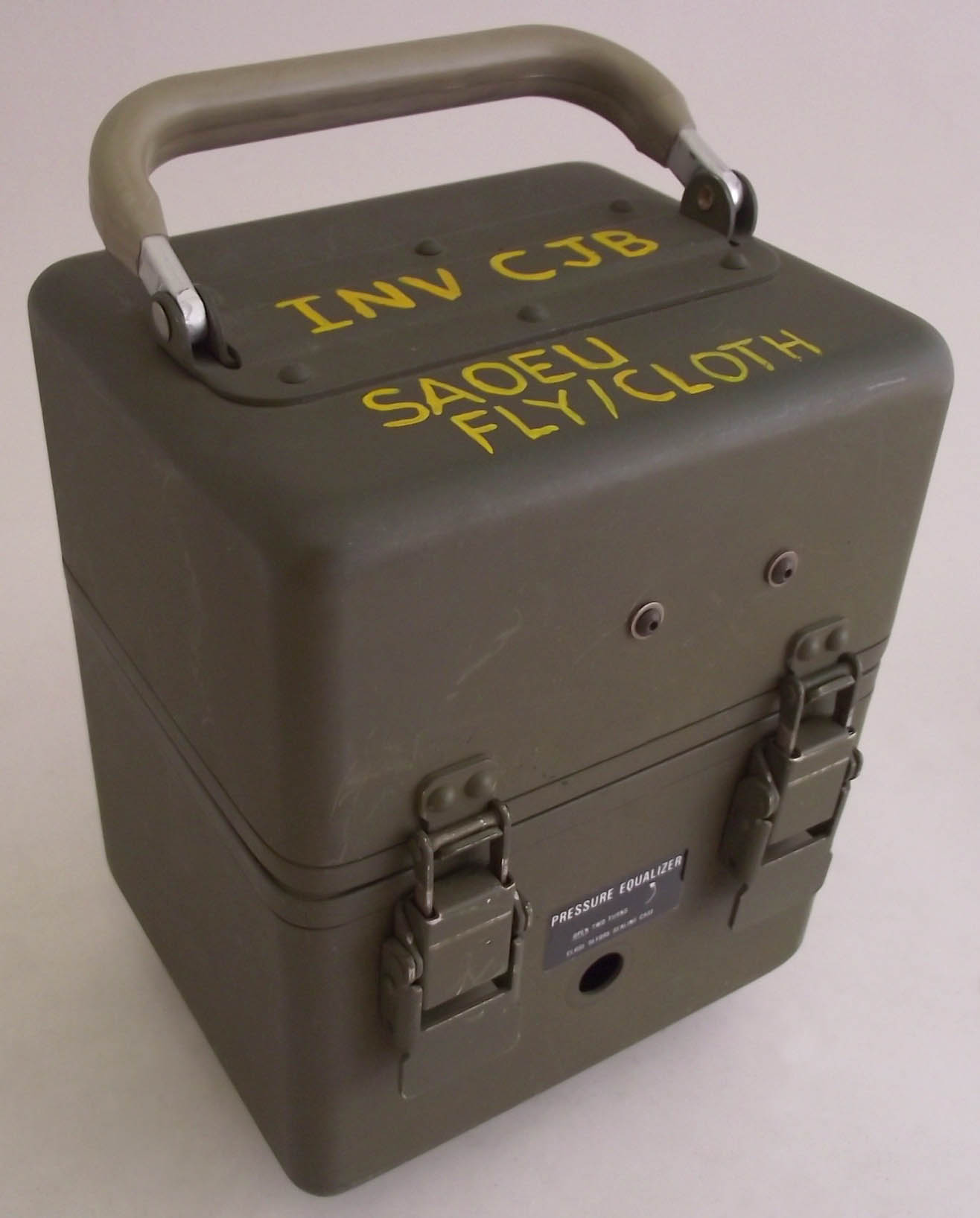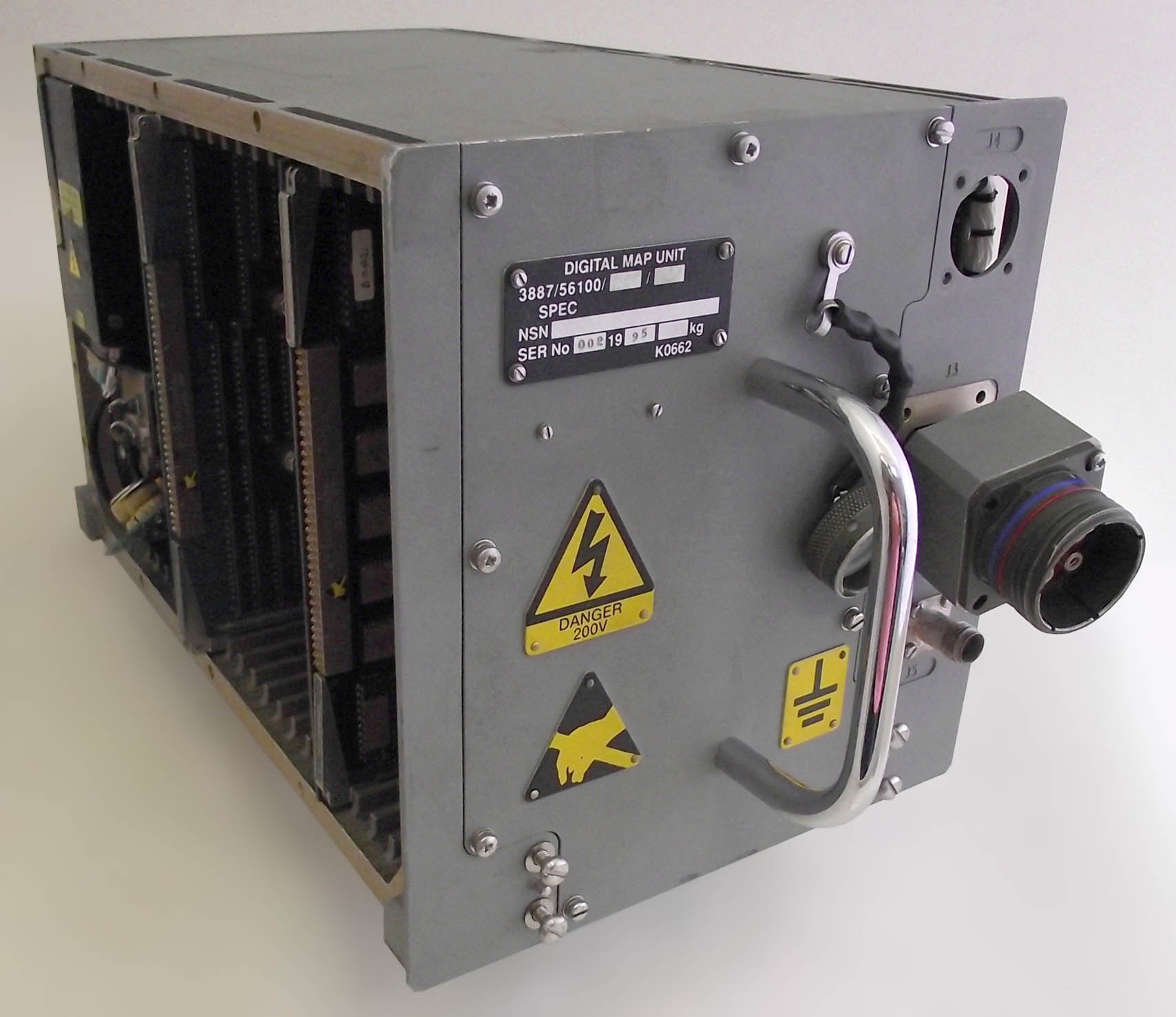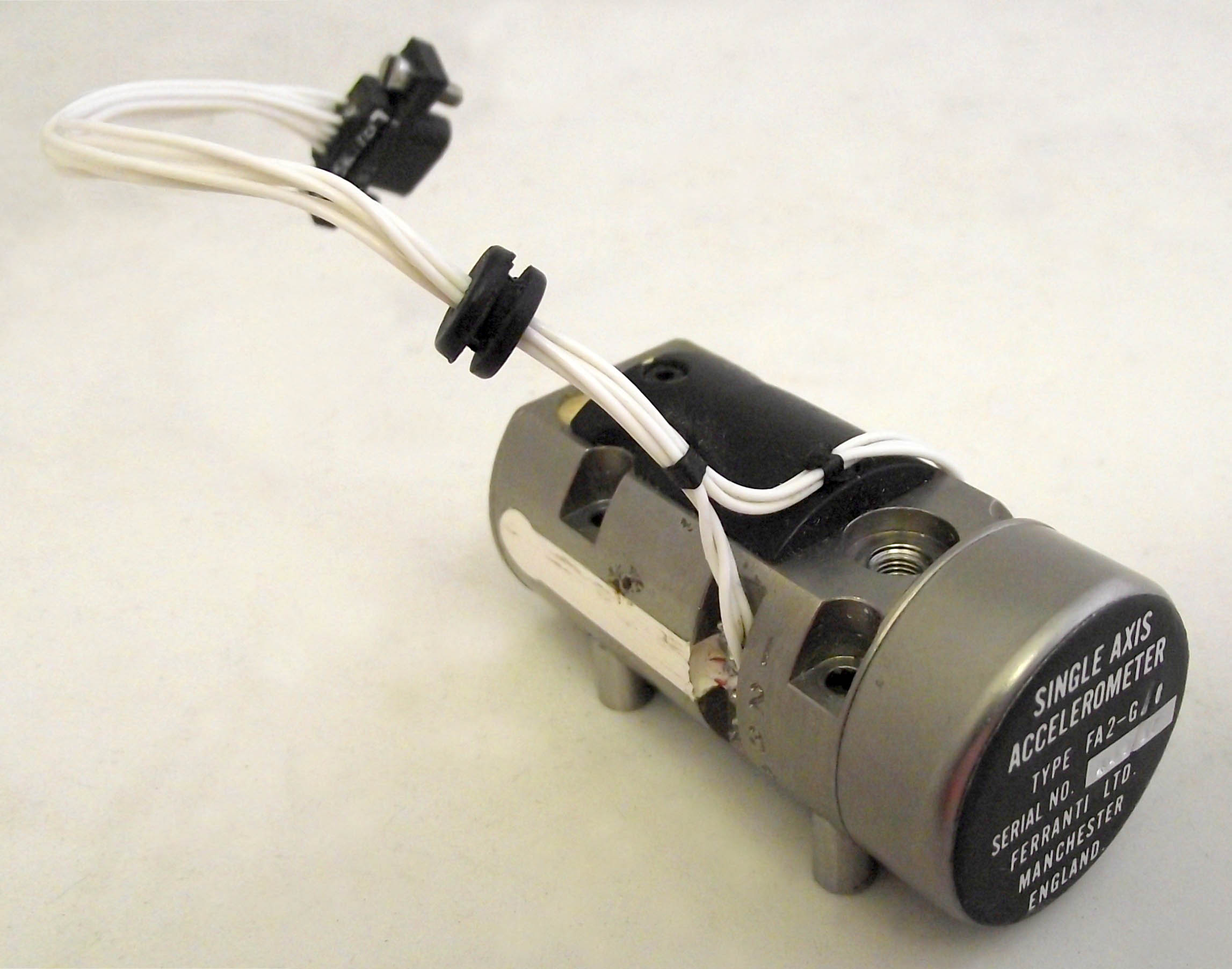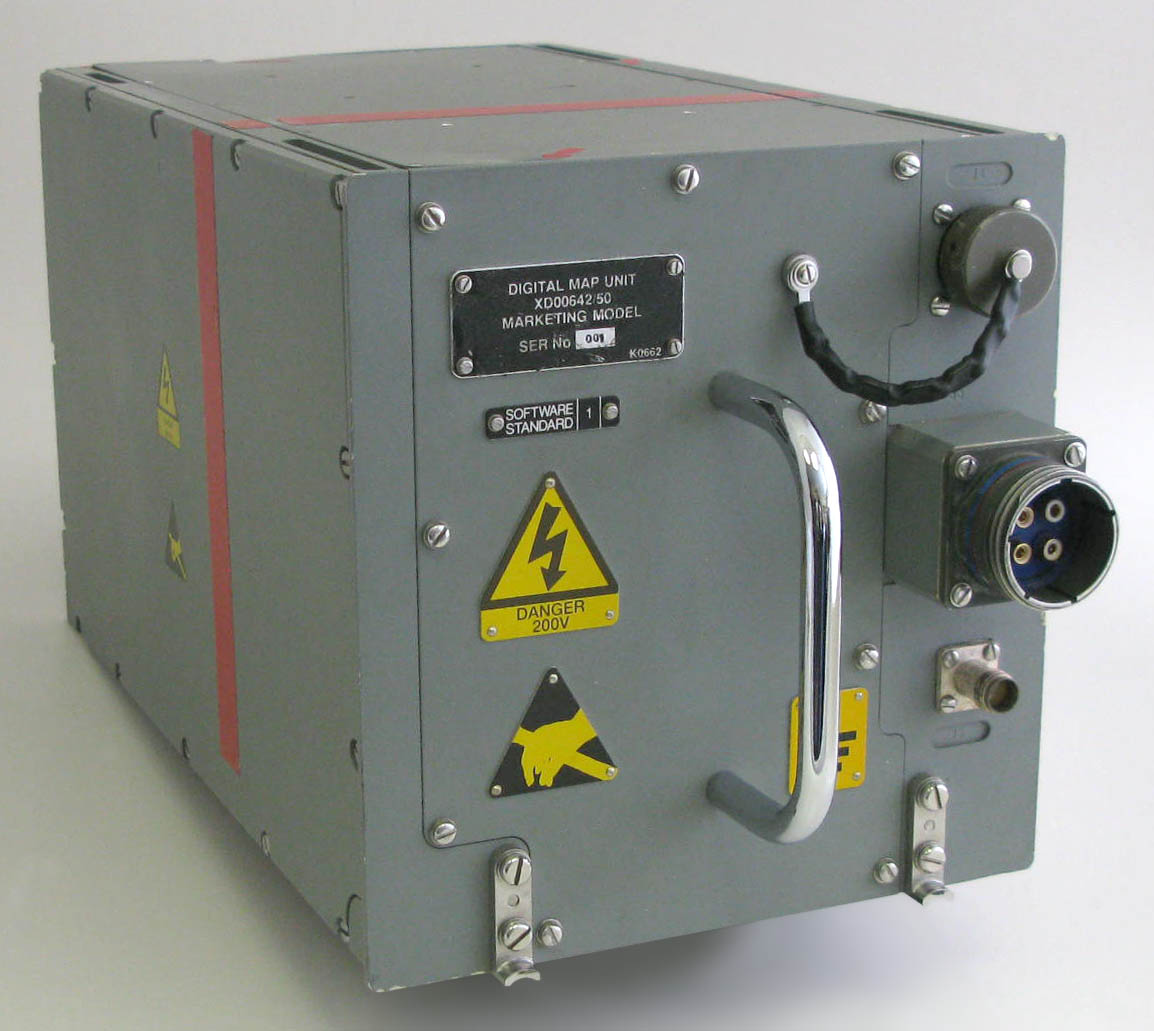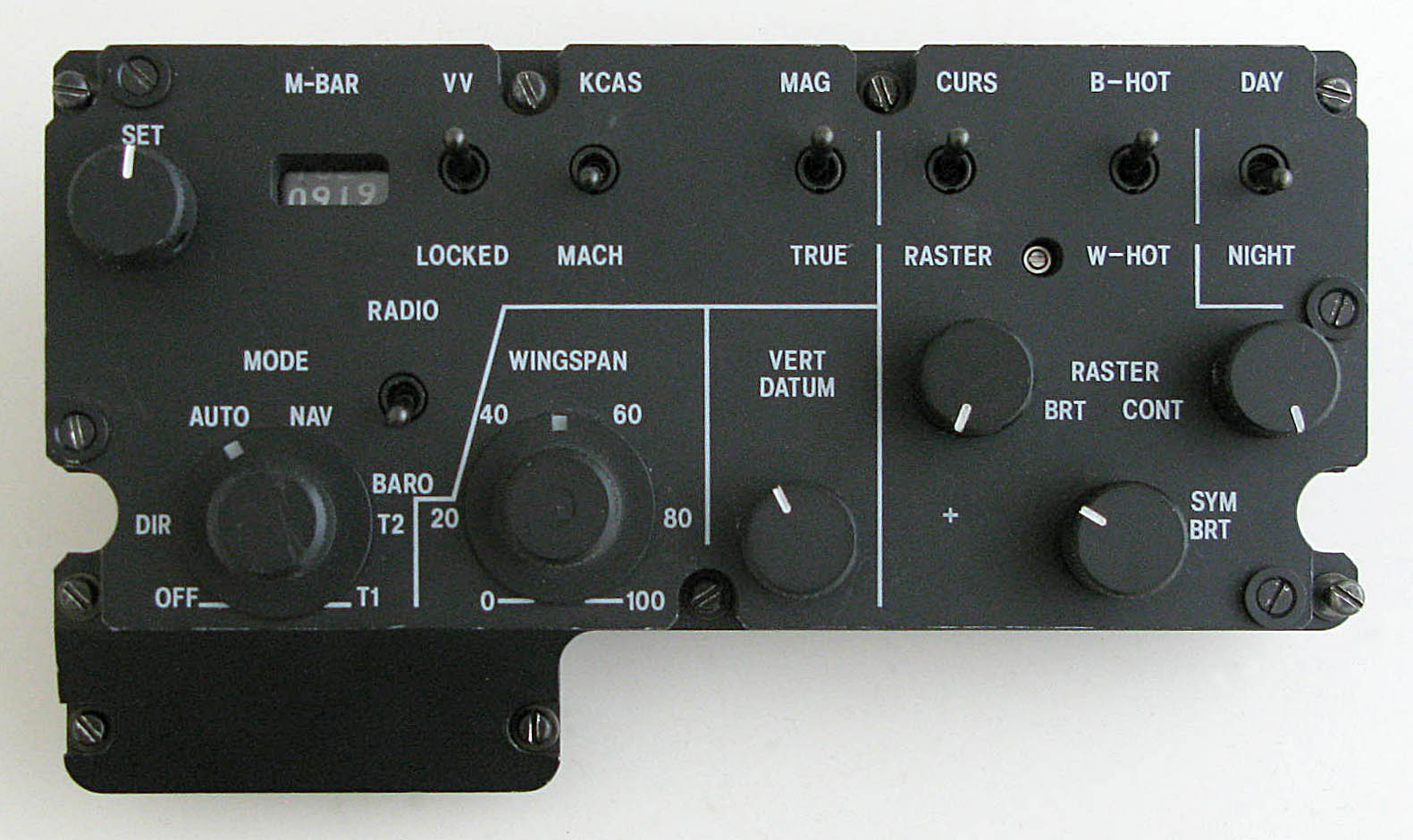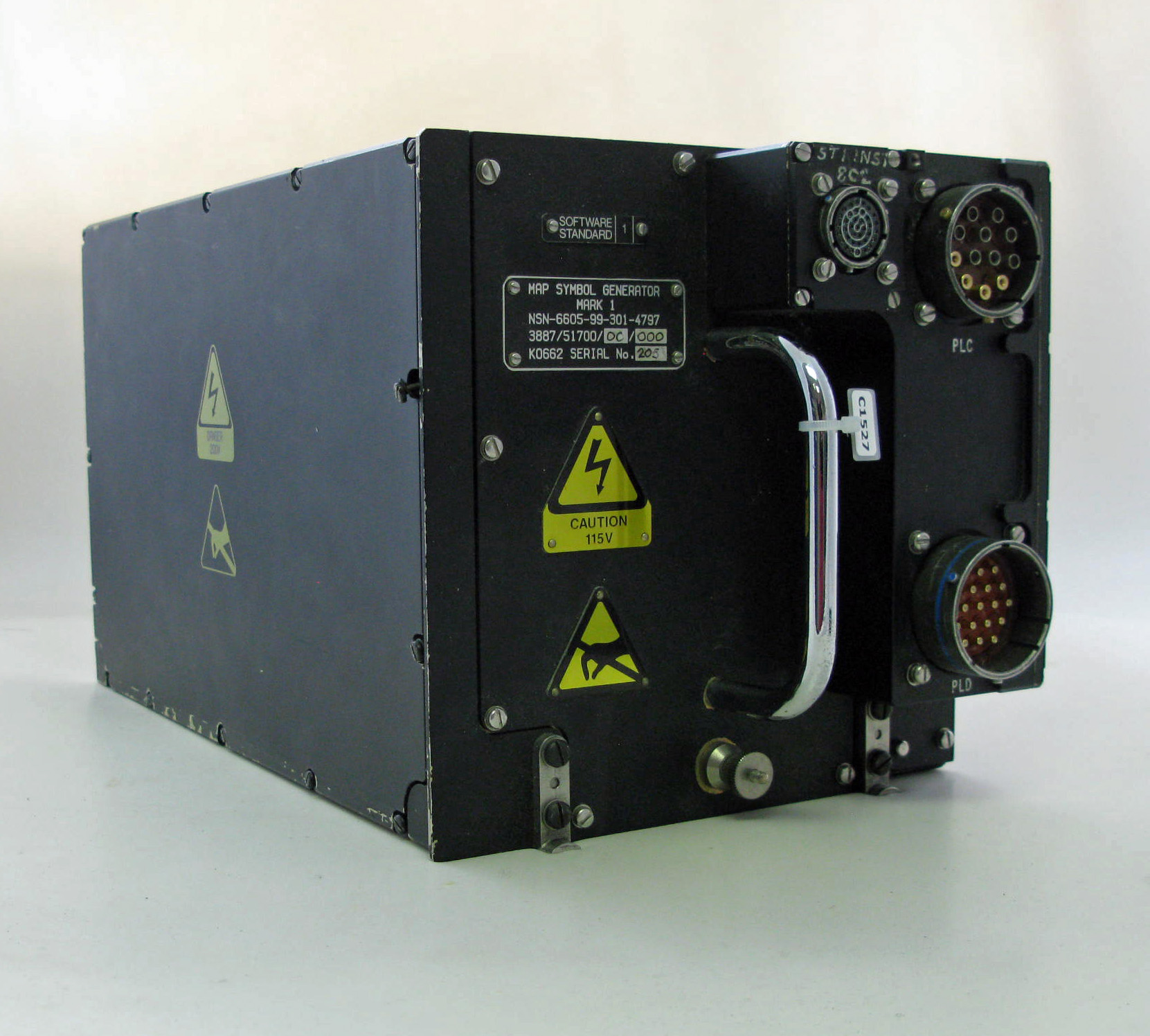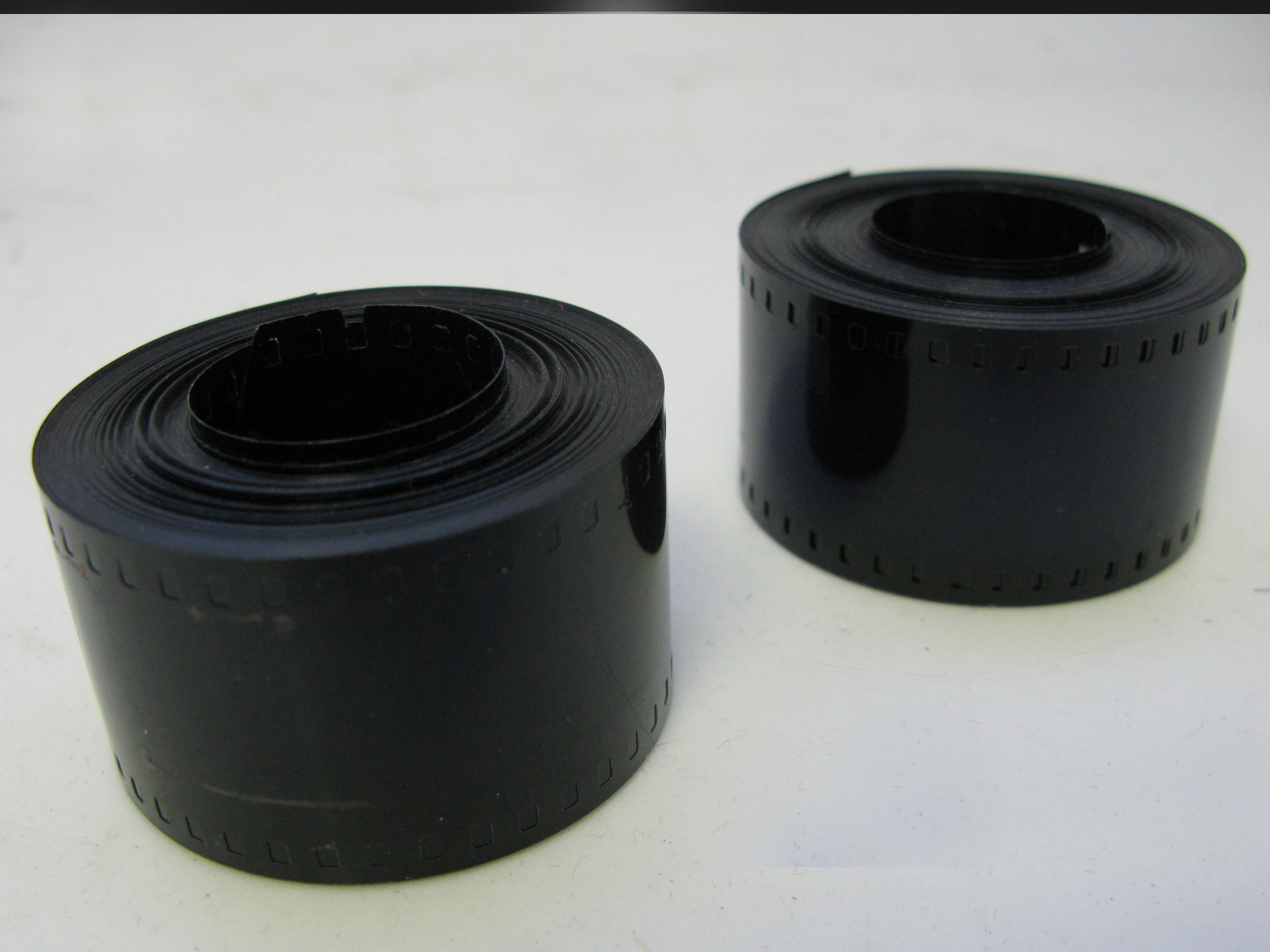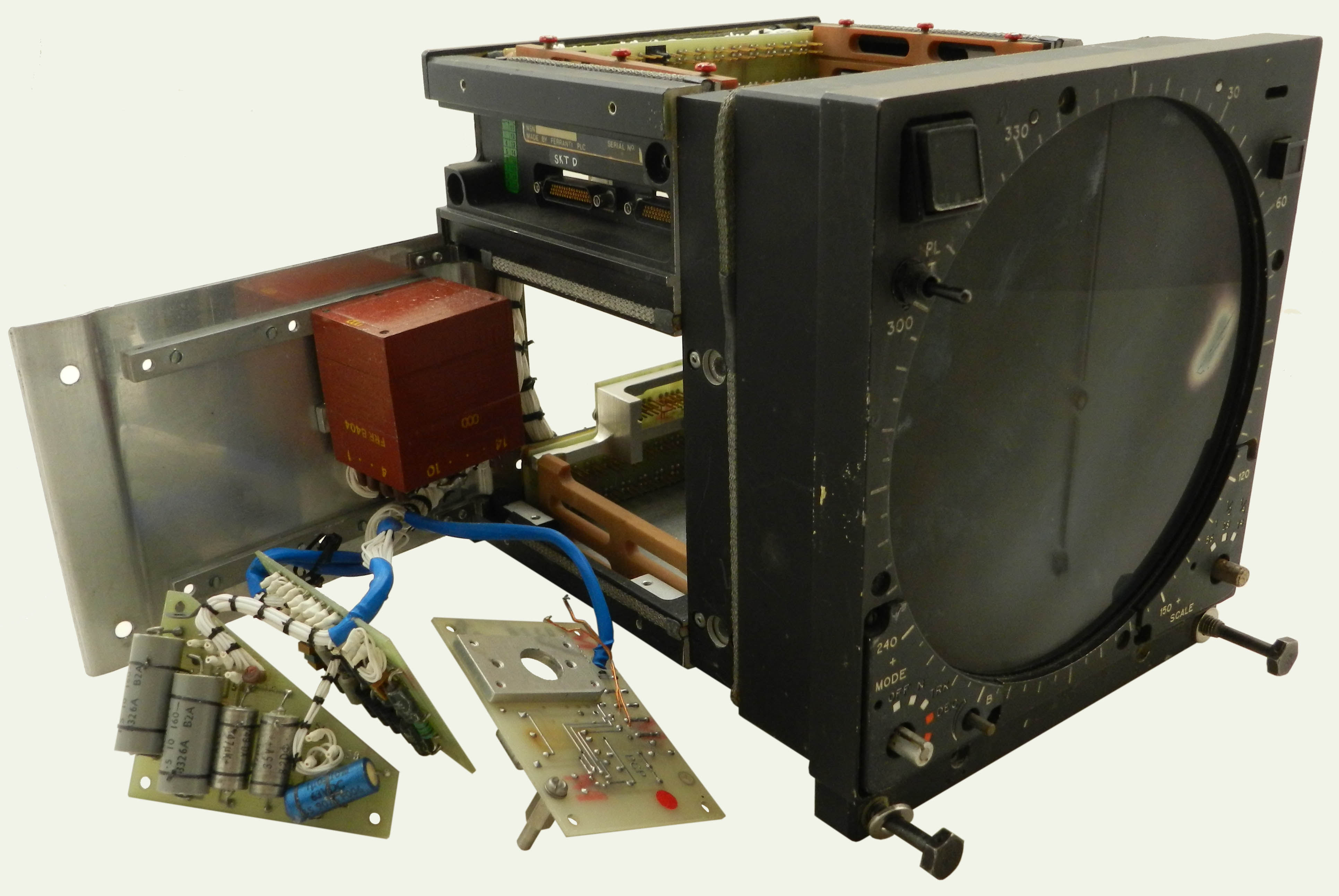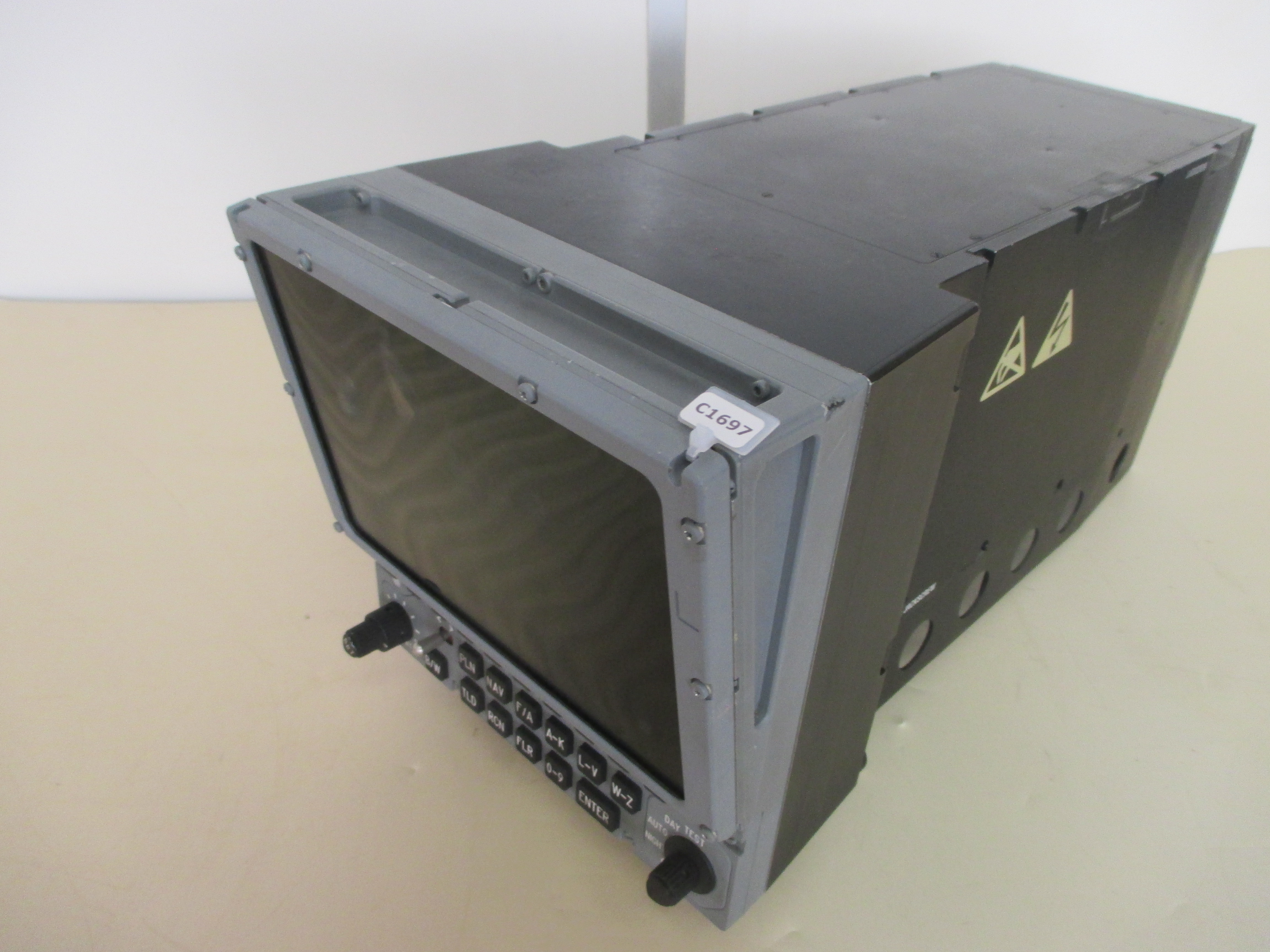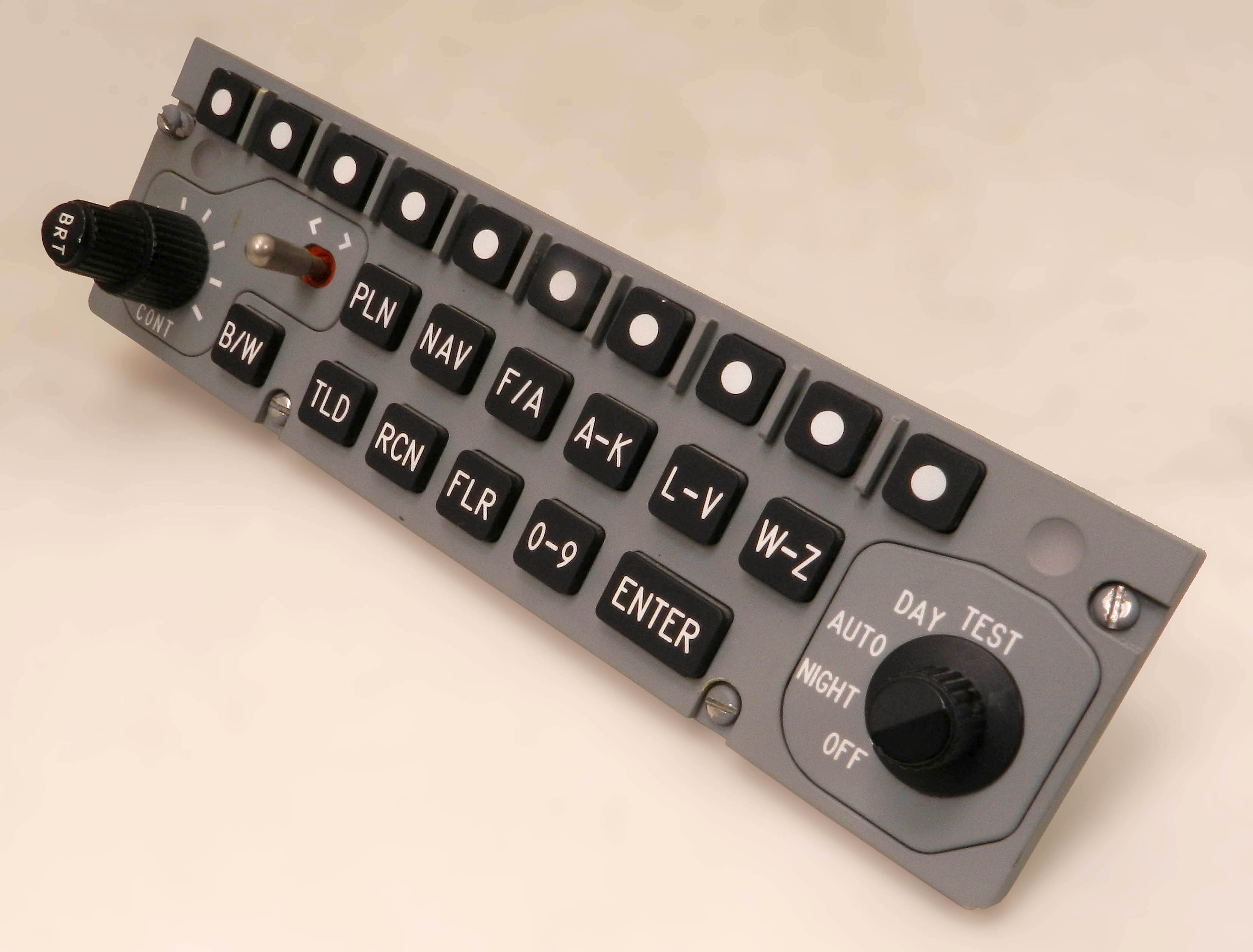Sebastian Ziani de Ferranti established his first business Ferranti, Thompson and Ince in 1882. The business focused on alternating current power distribution early on, and became an important supplier to many electric utility firms and power-distribution companies for both AC and DC meters. In July 1901, Ferranti Limited was formed,
High voltage power transformers became an important product for Ferranti some of the largest types weighed over a hundred tons. In 1935 Ferranti purchased a disused wire drawing mill at Moston: from here it manufactured many "brown goods" such as televisions, radios, and electric clocks. Ferranti Instruments, based at Moston, developed various items for scientific measurements.
During World War II, Ferranti became a major supplier of electronics, fuzes, valves, and was, through development of the Identification Friend or Foe (IFF) system, heavily involved in the early development of radar in the United Kingdom. In the post-war era this became a large segment of the company, with various branches supplying radar sets, avionics and other military electronics, both in the UK and the various international offices.
In 1943 Ferranti opened a factory at Crewe Toll in Edinburgh to manufacture Gyro Gunsights for the Spitfire aircraft. After the war they set up Ferranti Research to complement this business which grew to employ 8,000 staff in 8 locations, becoming the birthplace of the Scottish electronics industry, and a major contributor to company profitability. Later products included solid state ring laser gyros.
In the 1950s work focused on the development of airborne radar with the company subsequently supplying radars to most of the UK's fast jet and helicopter fleets: today the Crewe Toll site (now owned by Selex ES) leads the consortium providing the radar for the Eurofighter Typhoon.
In the 1960s and 1970s inertial navigation systems became an important product line for the company with systems designed for fast jet (Harrier, Phantom, Tornado), space and land applications.
Its TIALD Pod (Thermal Imaging Airborne Laser Designator) has been in almost constant combat operation on the Tornado since it was rushed into service during the first Gulf War.
This business later became Ferranti Thomson Sonar Systems.
The selection of the radar for the Eurofighter Typhoon became a major international issue in the early 1990s. Britain, Italy and Spain supported the Ferranti-led ECR-90, while Germany preferred the MSD2000 (a collaboration between Hughes, AEG and GEC). An agreement was reached after UK Defence Secretary Tom King assured his West German counterpart Gerhard Stoltenberg that the British government would underwrite the project and allow GEC to acquire Ferranti Defence Systems from its troubled parent.



